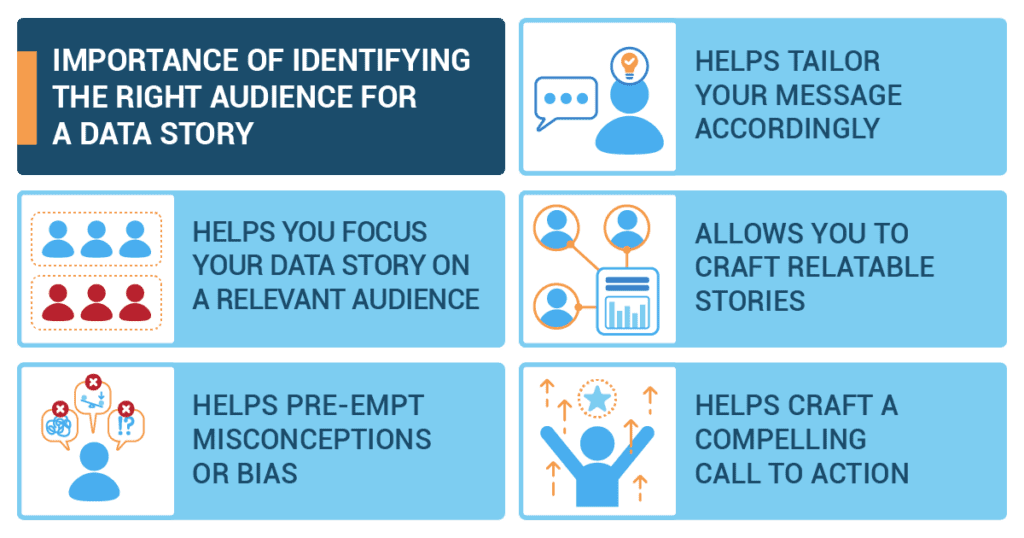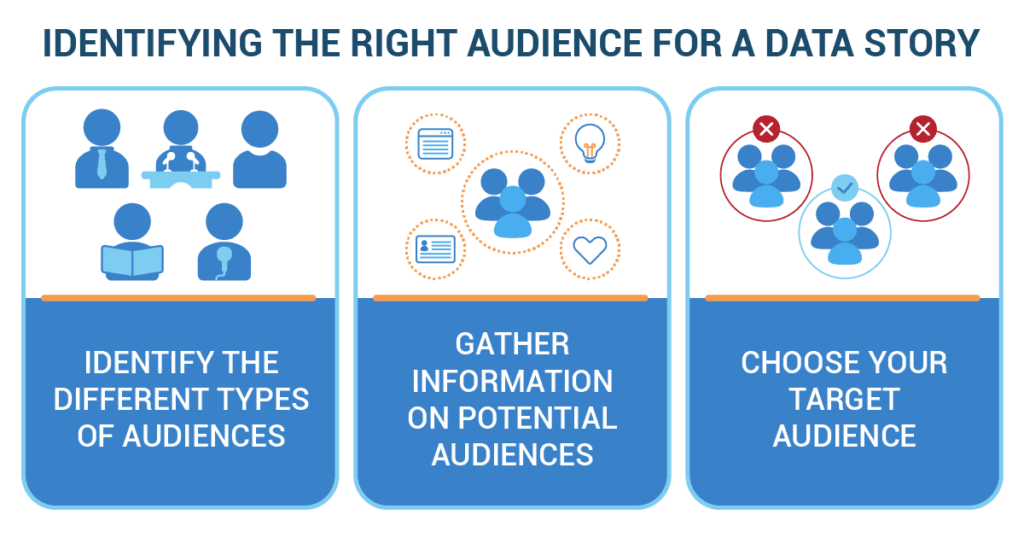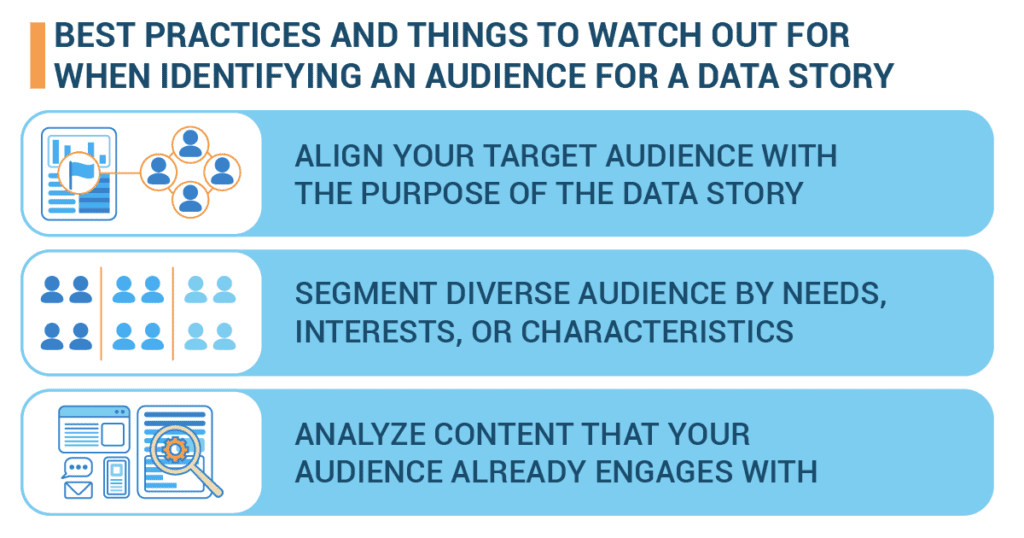I want to invite you to dive into a concept that we don’t usually think about in our everyday lives, but it’s something we inherently practice, whether we realize it or not. Picture this scenario: you’re organizing a surprise birthday party for a friend 🎂🎉. Now, you wouldn’t invite their dentist, would you? Or perhaps their tax accountant? No. You’d curate a guest list of close friends and family, people who matter to them. You, in essence, are identifying the ‘right audience’ for this party. The same principle is at play when giving a speech, launching a product, or writing a book.
Today, I’d like to delve into this idea. This concept might seem specialized to marketing professionals or public speakers, 🗣️. Still, it’s something we all engage with, no matter our professions or walks of life—identifying the right audience. Knowing who you speak to, write for, or sell to isn’t just about efficiency or profit. It’s about communication, it’s about connection, it’s about making a meaningful impact. 💬💖
Over the next few minutes, I will share with you how this practice can not only revolutionize the way we conduct businesses, design products, or write speeches but also how it can enhance our day-to-day personal interactions, leading to deeper, more meaningful connections. Whether you are a teacher, a businessman, an artist, a student, or a parent, understanding your audience is a key ingredient in delivering your message effectively and building strong relationships. So, are you ready to take a peek behind this curtain to understand the ‘right audience’? Shall we begin this journey together? 🌟🚀?
Why is it Important to Identify the Right Audience for a Data Story?
Imagine you’ve been working on a science project for weeks. You’ve collected information, analyzed it, and have some exciting results to share. You’re so proud! You decide to present your findings to your little sister. You start with words like ‘statistical significance’ and ‘hypothesis testing,’ and soon, you notice her eyes glaze over. What went wrong?
Well, you missed one crucial step: identifying the right audience for your story. Identifying your audience is like choosing the right key to unlock a door. It can significantly affect how your message is received and understood.
Let’s take another example. Suppose you’re part of the school’s basketball team and notice a pattern: every time the team eats spaghetti before a game, you seem to win! This data story may not be relevant to the school’s chess club but would be necessary for your basketball team members and coach.
By understanding your audience, you can tell stories that make sense to them, that they connect with, and that inspire them. If you know who you’re talking to, you can predict and answer their questions before they ask them. This can guide them towards a better, more precise understanding of your story.
- Knowing your audience allows you to tailor your message to their level of understanding. A complex data story involving intricate statistical analysis may be lost on an audience unfamiliar with such methods, while a simplified narrative may bore an audience of data scientists.
- Not all data stories will be relevant to every audience. By identifying your target audience, you can better focus your time and resources on developing and sharing your data story with those who will find it most valuable.
- Understanding your audience allows you to tell stories that resonate with their experiences, challenges, or aspirations. The more closely a story resonates with an individual, the more impact it’s likely to have.
- If you know your audience, you can anticipate how they interpret the data and preemptively address any misconceptions or biases. This allows you to guide your audience towards a balanced and accurate understanding of your data story.
- Knowing your audience’s interests, values, and capabilities will help you formulate a compelling call to action that aligns with their motivations.
How Do You Identify the Right Audience for a Data Story?
- Identify the different types of audiences.
- Professionals: This audience deeply understands the topic, including jargon and complex theories. This could include scientists, engineers, doctors, business executives, or educators.
- Policy-makers and decision-makers: Individuals or groups make decisions based on the information they receive. This could include politicians, corporate leaders, or institutional decision-makers.
- General public: This diverse audience includes various backgrounds, educational levels, and interests. They may have little to no previous knowledge of your topic.
- Students: This group is primarily interested in learning. They may have a foundational understanding of the topic but want to gain more profound knowledge and insight.
- Media: Journalists, bloggers, and social media influencers fall into this group. They will likely use your data story to create their narratives for their audiences.
- Gather information on potential audiences.
- Knowledge and expertise: Understand the audience’s existing knowledge and expertise about the topic.
- Need for the information: Determine whether your audience has a specific need or interest in the data store.
- Relevance of the information: The information should be relevant to the audience’s work, interests, or daily lives.
- Communication channels: Identify the platforms and methods by which the audience typically receives similar information.
- Demographics: Age, education, profession, location, and cultural background affect how an audience receives and understands a data story.
- Choose your target audience.
- The expert: You would address this type of audience when presenting research findings to fellow scientists or financial results to industry analysts.
- The influencer: You would address this audience when you want your data story to be shared widely and shape public opinion.
- The decision-maker: You would address this audience when providing data that could affect company strategy, government policy, or any high-stakes decision.
- The learner: You would address this audience when you’re trying to educate about a particular topic
- The generalist: You would address this audience when your story has broad societal implications, like explaining the results of a national census.
Best Practices and Things to Watch Out For
Remember to always align your target audience with the purpose of your data story. If you have a diverse audience, you may want to create different versions of your account to appeal to other groups.
Don’t try to make a one-size-fits-all story – if you try to appeal to everyone, you might connect with no one. When dealing with a diverse audience, consider segmenting them into groups based on their needs, interests, or other characteristics. It can be helpful to create fictional characters who represent your audience segments. These personas can guide you in creating a data story that will resonate with each segment. Trying to make your data story appeal to everyone often results in a story that doesn’t fully resonate with anyone.
And finally, try to understand what your audience likes. Look at the types of content they engage with. This will help you know what kind of stories they want, how they prefer to receive information, and where they go to get it.
In conclusion, knowing your audience isn’t just about understanding your data story; it’s about making it memorable, impactful, and inspiring.
Power Play: Emily’s Strategy for Winning at Data Storytelling

When Emily was assigned a project for her statistics class, she chose to explore the popularity trends of different video game genres among high school students. She had two weeks, a questionnaire, and an undying passion for video games. But she knew the raw data and statistics alone wouldn’t guarantee a winning project. She had to make her data story resonate.
As she conducted her survey, Emily identified potential audiences for her data story. She thought about her classmates who were gaming enthusiasts, her teachers who were clueless about video games, her mildly interested parents, and the local gaming club. Each had different levels of understanding, interests, and relevance to her data story.
She had rich data revealing exciting patterns, such as the dominance of action-adventure games among her peers and a surprising liking for strategy games among female students. Now came the critical question: who would be the perfect audience for her data story?
Emily recognized that her gaming enthusiast classmates would be highly interested and knowledgeable, making them a prime target. But Emily didn’t stop there. She thought about the impact her project could have. If she tailored her findings to appeal to her teachers and parents, she could bridge the gap between the misunderstood gaming world and the adults around her, shedding light on why her peers preferred certain games over others.
She chose both groups: her classmates and the adult population of her school. She created two versions of her presentation. The first was loaded with gaming jargon, comparisons between games, and deep dives into gaming subcultures for her classmates. The second was a more fundamental version for adults, filled with simple explanations and clear insights into why these trends matter in understanding their students or children better.
When the project presentations rolled around, Emily was prepared. Her vibrant display won nods of approval from her classmates, who found the data intriguing and relatable. Then, she caught the adults off guard. They listened, captivated, as Emily eloquently translated the mysterious world of video games into a narrative they could grasp. It was a tale of preferences, peer influence, and the surprising cognitive benefits of strategy video games.
Emily’s project was a hit. Her twin-pronged approach allowed her to connect with a broader audience, spreading an understanding of video gaming culture, one data point at a time. By identifying and catering to her audience, Emily didn’t just ace her statistics project; she won a victory for every video game enthusiast in her school.


